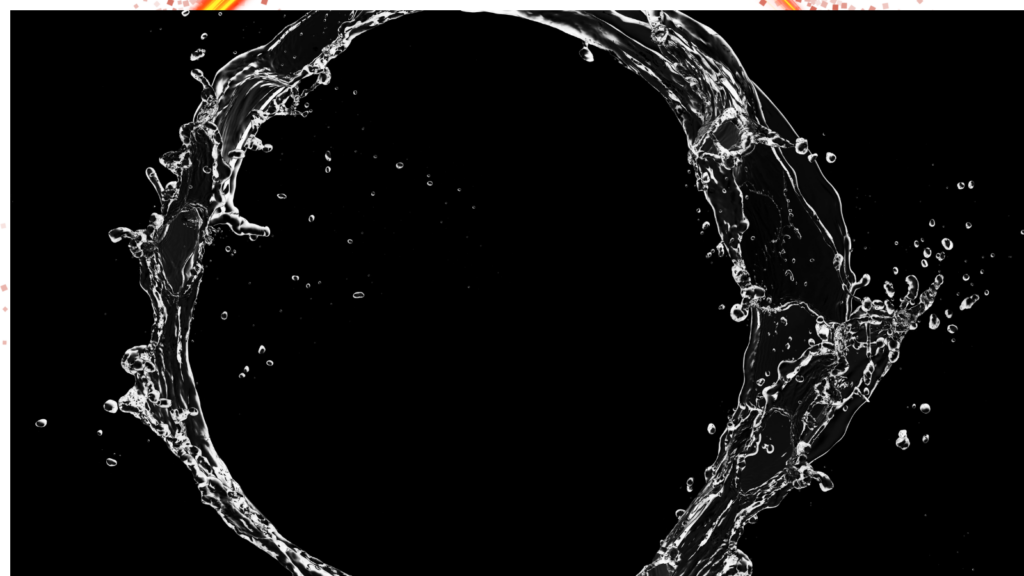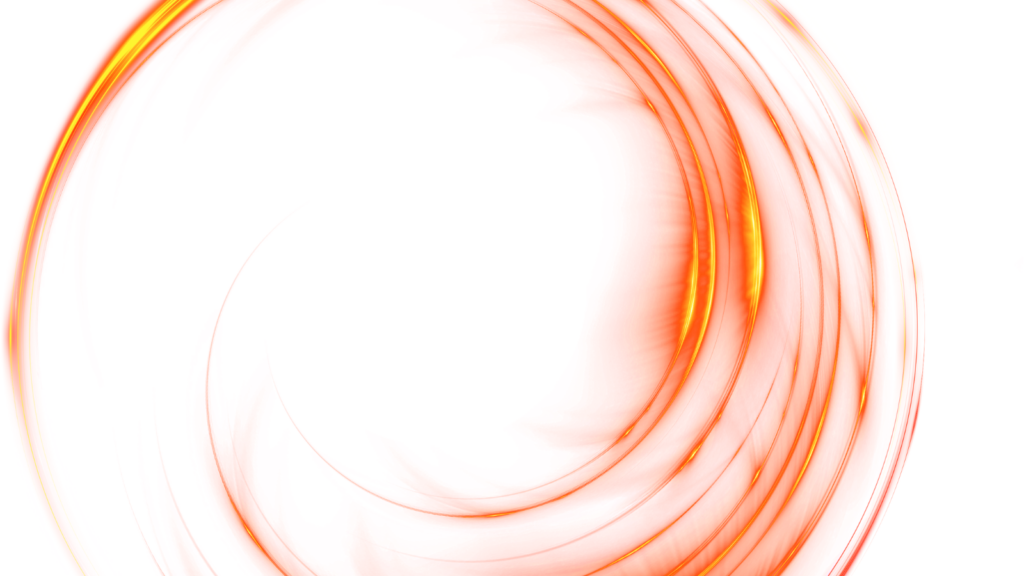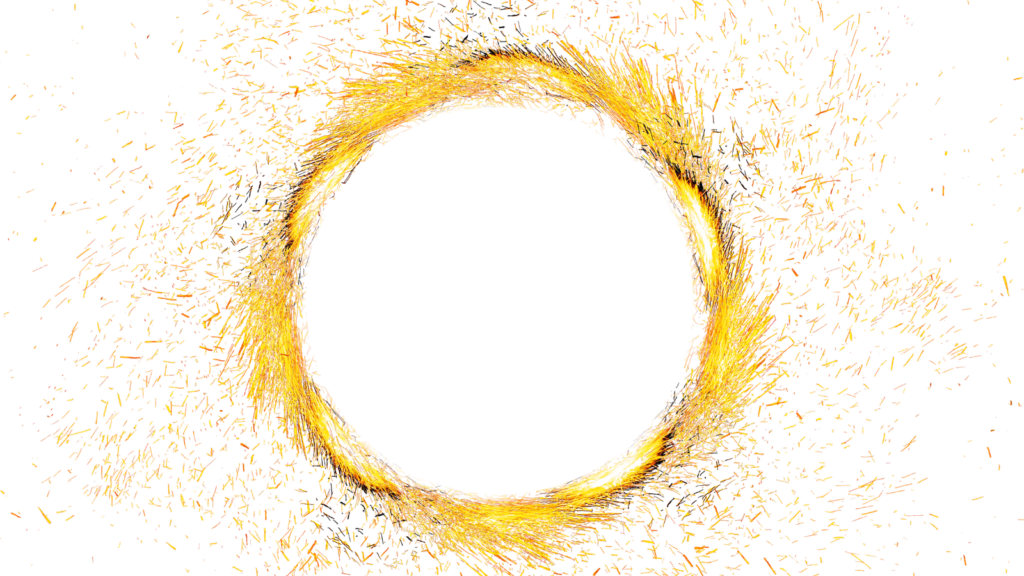In the ever-evolving world of design and technology, the concept of the “transparent circle” is capturing the imagination of creators and innovators alike, much like a Business Operating systems. This seemingly simple geometric shape holds a unique allure, offering a blend of elegance and functionality that can transform both digital and physical spaces. Whether it’s in graphic design, UI/UX design, or architecture, the transparent circle provides a versatile tool for enhancing visual appeal and user experience.
The transparent circle isn’t just a trend; it’s a powerful element that can convey depth, focus, and sophistication, much like the insights found in systems textbooks. By allowing layers to interact seamlessly, it creates an illusion of space and movement, drawing the viewer’s eye effortlessly.
Transparent:cf2axgt2dhs= Circle
The transparent circle, a versatile element in design, serves multiple purposes across different fields. In graphic design, it creates depth and focus by layering elements. UI/UX design benefits from its intuitive visual cues, enhancing the user journey without distractions. Architecture uses it to integrate natural light, blending interior and exterior environments. The transparent circle’s adaptability and aesthetic appeal make it a pivotal component, driving innovation and modern design solutions.
Applications of Transparent Circle
Transparent circles feature prominently in various fields, bridging aesthetics with functionality.
In Art and Design

Artists and designers harness transparent circles to achieve depth and focus. These circles are effective in layering techniques in paintings and digital art, creating complex visual compositions. In fashion design, transparent materials forming circular patterns add elegance to garments, while accessory designers incorporate them into standout jewelry pieces. Transparent circles enhance product packaging, drawing attention to key elements.
Transparent circles play a crucial role in technology and UX design, enhancing user experience with intuitive interfaces. Circular button designs, often employing transparency, guide users subtly without overwhelming visuals. They serve as focal points in apps, drawing attention to essential features.
In Education and Visualization
In educational tools and visualization, transparent circles support effective learning and comprehension. They spotlight critical data in presentations, helping to clarify complex information. Educational software uses these circles to highlight interactive elements, making learning more engaging.
Benefits of Transparent Circle

The transparent circle stands out for its adaptability in both 2D and 3D spaces. Designers utilize it in graphic design to create overlays, allowing backgrounds to remain visible while highlighting focal points. In architecture, transparent circles serve as structural elements like windows and skylights, merging indoor and outdoor environments. This shape accommodates diverse styles and purposes, making it an essential tool in various creative processes.
Incorporating transparent circles elevates the visual appeal of designs by adding a sense of elegance and balance. Their ability to integrate seamlessly into different color palettes and themes makes them popular in branding and marketing visuals. The use of transparency introduces lightness and sophistication, transforming simple designs into captivating works, which attracts attention and enhances user engagement.
Challenges with Transparent Circle

Transparent circles, while innovative, present unique challenges in design and application.
Transparent circles often struggle with visibility against complex backgrounds, complicating their use in design. Designers can counteract this challenge by employing contrast techniques to ensure the circle remains distinct. In digital interfaces, transparent circles may hinder user interaction if not properly contrasted.
Durability concerns arise with materials like glass and acrylic, commonly used for creating transparent circles. These materials are prone to scratches and cracks, potentially compromising the design’s integrity over time. Designers must consider these vulnerabilities to ensure longevity, especially in high-traffic areas.
Popularity and Market Trends
The transparent circle’s prominence in design and technology continues to rise as industries embrace its aesthetic and functional benefits. In the graphic design sector, tools reporting increased utilization of transparent elements demonstrate its growing acceptance. The UI/UX field shows a surge in the adoption of transparent circles, enhancing app interfaces and improving user interaction.
Elegance Continues To Captivate Designers
The transparent circle stands as a testament to the evolving landscape of design and technology. Its blend of functionality and elegance continues to captivate designers and architects alike. By seamlessly integrating into various design fields, it pushes the boundaries of creativity while maintaining a timeless appeal. As industries increasingly embrace its benefits, the transparent circle is set to remain a cornerstone of innovative design.

